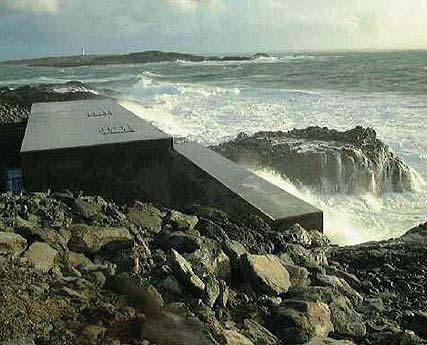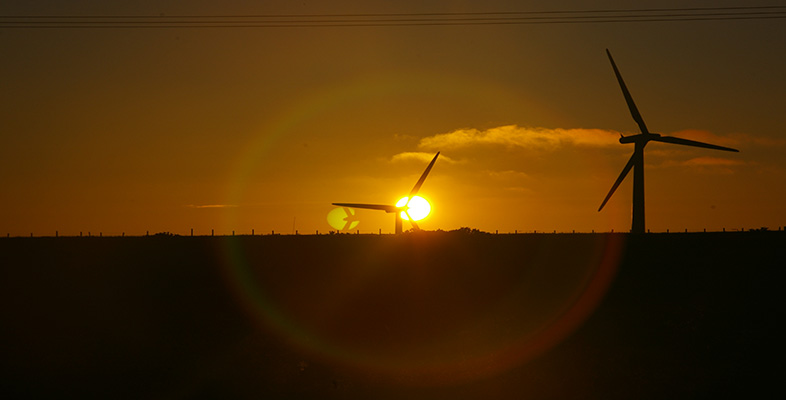4.2.2 Wave power
When winds blow over the world's oceans, they cause waves. The power in such waves, as they gradually build up over very long distances, can be very great – as anyone watching or feeling that power eventually being dissipated on a beach will know.
Various technologies for harnessing the power of waves have been developed over the past few decades, of which the 'oscillating water column' (OWC) is perhaps the most widely used. In an OWC, the rise and fall of the waves inside an enclosed chamber alternately blows and sucks air through a special kind of air turbine, which is coupled to a generator to produce electricity.

Wave energy technology is not as fully developed as wind power or photovoltaics, but its potential has recently been re-emphasised by several governments, including that of the UK. Rapid advances in developing and demonstrating the technology can be expected over the coming decade.
All of the renewable energy sources described above – solar, bioenergy, hydropower, wind and wave – are, as we have seen, either direct or indirect forms of solar energy. However there are two other renewable sources, tidal and geothermal energy, that do not depend on solar radiation.
